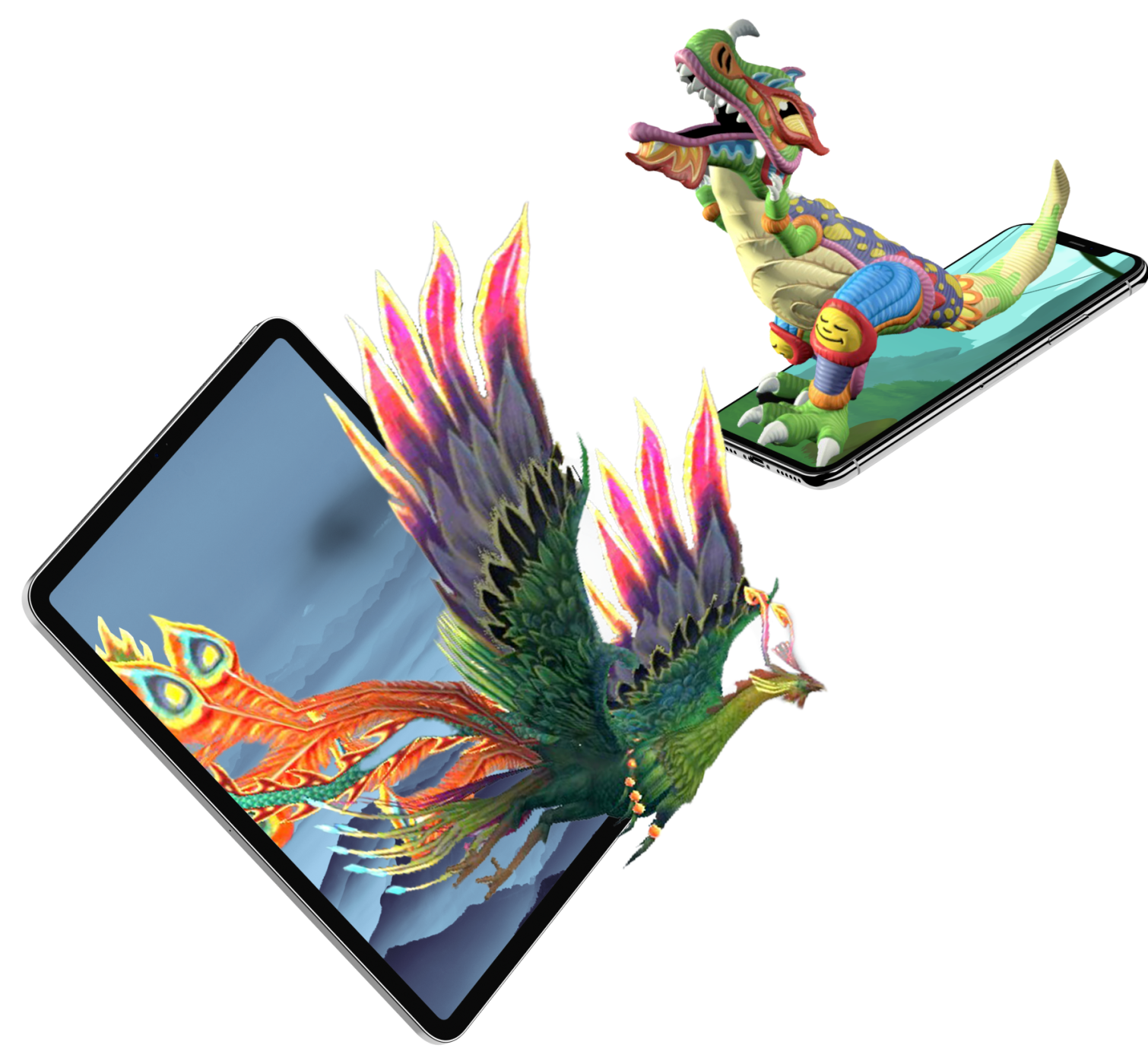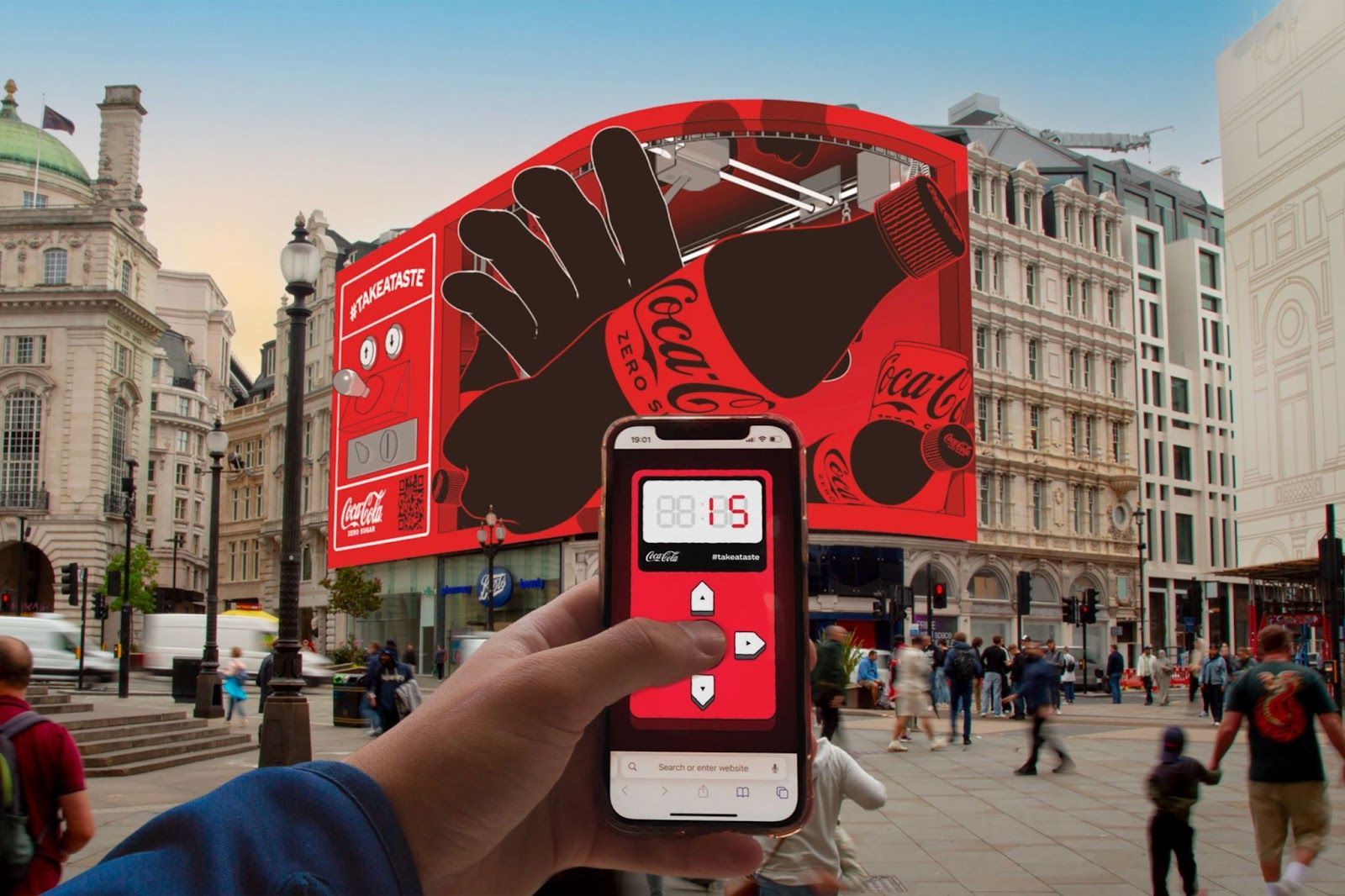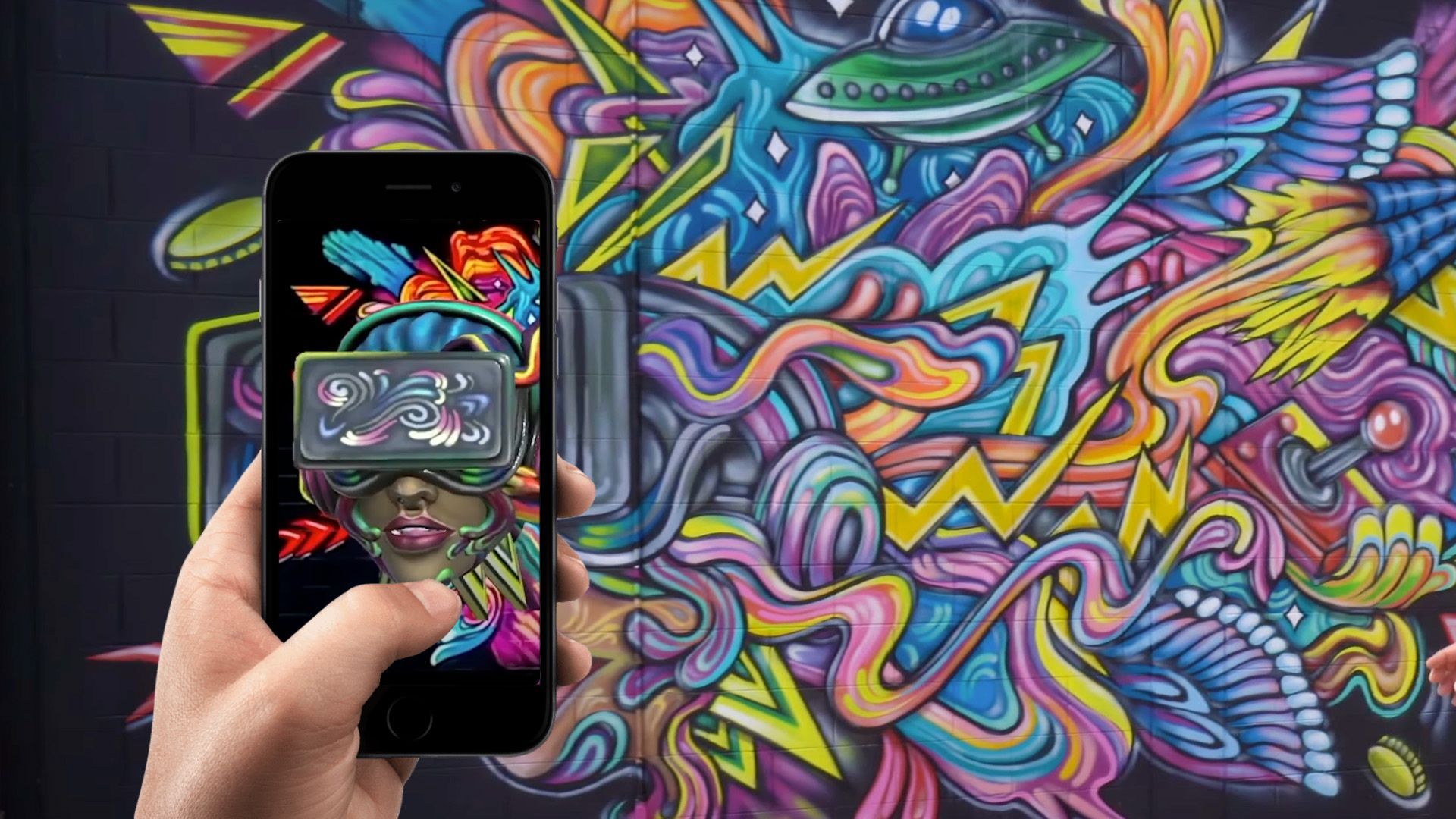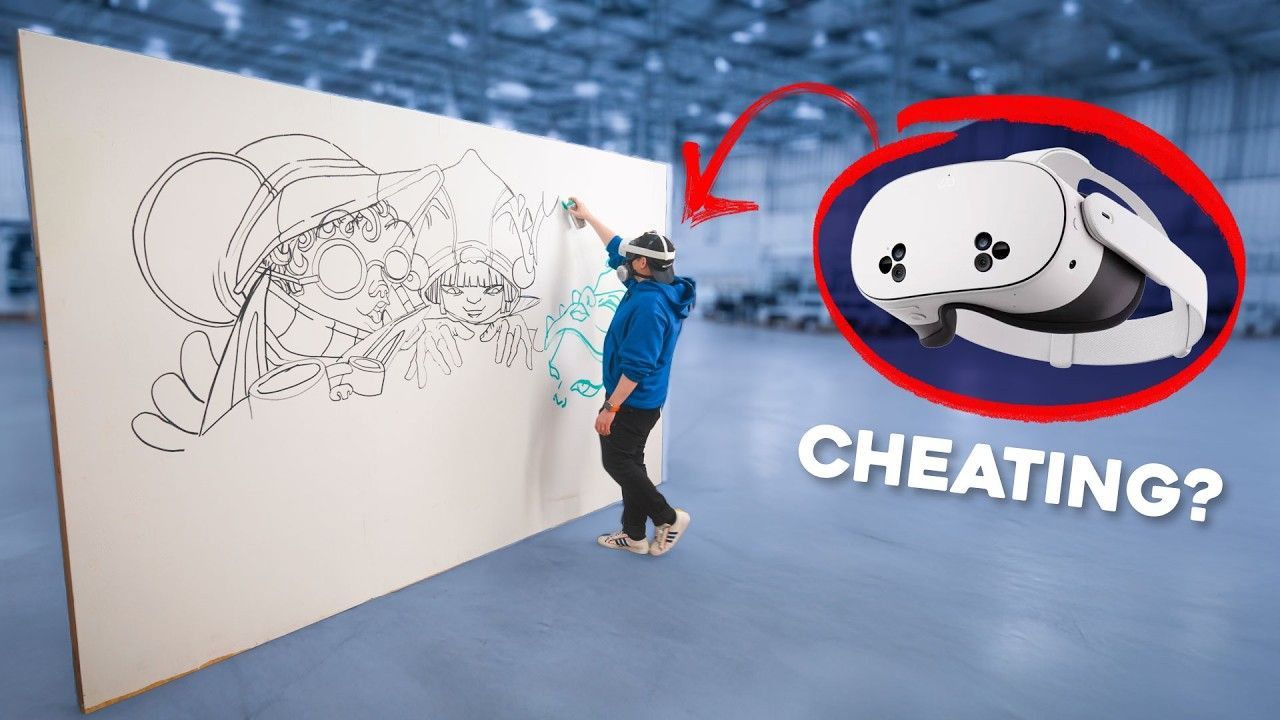7 Fascinating Insights into Augmented Reality: The Future Unveiled
The realm of augmented reality (AR) is a fascinating blend of the digital and physical worlds, creating experiences that are as immersive as they are groundbreaking. But ever wonder why is it called augmented reality? It's not just about adding digital layers to our physical world; it's about augmenting our very perception of reality, enhancing it with information and visuals that otherwise would remain hidden from our senses.
Introduction to Augmented Reality
Augmented reality is like a magic lens that overlays digital information into the real world. Unlike virtual reality, which creates a completely artificial environment, AR enhances our existing surroundings with images, text, and effects that interact with the physical space. This technology has not only captured the imagination of sci-fi enthusiasts but has also found practical applications in various fields such as education, healthcare, retail, and gaming, transforming how we learn, shop, play, and even receive medical treatment.
The Genesis of Augmented Reality
The journey of AR from concept to reality is a tale of innovation and imagination. Tracing back to the early experiments in the 1960s, the development of AR technology has been marked by significant milestones, from the first head-mounted display systems to the sophisticated mobile AR apps we use today. Innovators and inventors across decades have contributed to this evolving narrative, each adding a layer of complexity and capability that has propelled AR to the forefront of technological advancement.
Why Is It Called Augmented Reality?
At its core, the term "augmented reality" reflects the essence of this technology – it augments or adds to, our reality by integrating digital information into our physical environment. The contrast between augmentation and virtuality lies in AR's ability to enhance the world around us without disconnecting us from it. This blending of virtual elements with real-world settings creates a unique experience where both realms coexist, enriching our interactions and perceptions.
The Science Behind Augmented Reality
The magic of AR is made possible through a blend of technologies including advanced imaging, computer vision, and 3D modeling. These components work together to recognize physical spaces and overlay digital content in real time, creating the illusion that virtual objects exist within our world. This seamless integration requires sophisticated software and hardware, from powerful processors to innovative display technologies, each playing a crucial role in bringing augmented experiences to life.
Applications of Augmented Reality
AR's versatility allows it to be applied in numerous fields, each benefiting from its ability to provide interactive and immersive experiences. In education, AR can bring complex concepts to life, offering students a hands-on learning experience. Healthcare professionals use AR for everything from surgery simulations to patient education, enhancing both training and treatment processes. The retail sector leverages AR to offer virtual try-ons, while the gaming industry creates engaging, interactive worlds that blur the lines between the virtual and the real.
How Augmented Reality Is Changing Lives
The impact of AR on individual lives and society as a whole is profound. Personal stories of AR's influence range from enhanced learning experiences to improved health outcomes and beyond. As AR technology continues to evolve, its potential to transform our daily lives grows, offering glimpses into a future where digital information becomes a natural part of our physical world, enriching our experiences and interactions in ways we've only begun to imagine.
The Building Blocks of AR
Creating an AR experience involves a complex interplay between hardware and software. On the hardware side, devices must be equipped with cameras, sensors, and display technology capable of supporting AR applications. Software, on the other hand, includes the algorithms and frameworks that recognize the environment, track objects, and render digital content. Together, these elements form the foundation of all AR experiences, making it possible to bridge the gap between digital and physical realities.
Augmented Reality in the Digital Age
In today's digital age, AR is more than just a technological innovation; it's a cultural phenomenon. Social media platforms have embraced AR to create interactive filters and features, while digital marketers see AR as a powerful tool to engage audiences in unique and memorable ways. This integration of AR into our digital lives signifies a shift in how we communicate, share, and experience content, pointing toward a future where augmented experiences become commonplace.
Ethical Considerations of Augmented Reality
As with any technology, the rise of AR brings with it ethical challenges and considerations. Issues of privacy, data security, and the potential for a digital divide are at the forefront of discussions about AR's impact on society. Navigating these challenges requires careful consideration and the development of guidelines and standards that ensure AR technology benefits all without compromising individual rights or access.
The Future of Augmented Reality
The future of AR is as promising as it is uncertain, with emerging trends suggesting a world where AR becomes an integral part of everyday life. From advancements in display technology to the development of more intuitive user interfaces, the next decade is likely to see AR evolve in ways that deepen its integration into our daily routines, offering new opportunities for interaction, learning, and entertainment.
Augmented Reality vs. Virtual Reality
While AR enhances the real world, virtual reality (VR) offers an escape to entirely virtual environments. The relationship between AR and VR is not competitive but complementary, with each technology offering unique experiences and benefits. As AR and VR technologies advance, their potential for collaboration and convergence promises to create hybrid experiences that leverage the best of both worlds.
Creating Content for Augmented Reality
Developing content for AR requires a unique blend of creativity and technical skill. Best practices for AR content creation emphasize the importance of user engagement, realism, and interactivity. Tools and resources for AR developers continue to evolve, making it easier to create compelling, immersive experiences that captivate users and bring virtual ideas to life in the real world.
Learning and Development with AR
The potential of AR to transform educational and professional training is immense. By offering interactive, immersive experiences, AR facilitates a deeper understanding of complex subjects, enhances skill acquisition, and improves retention rates. Its application in professional training and education underscores AR's role as a powerful tool for learning and development.
The Global Impact of Augmented Reality
AR's influence extends beyond individual applications to impact the global economy and culture. Its ability to drive innovation, create new jobs, and foster cultural exchange highlights the transformative power of this technology. As AR continues to evolve, its potential to shape industries, economies, and societies around the world becomes increasingly apparent.
FAQs on Augmented Reality
How does augmented reality work?
What are the main differences between AR and VR?
Can AR be used in education?
What is the future of augmented reality?
How is AR applied in healthcare?
Are there any privacy concerns with AR?
Conclusion
Augmented reality is not just a technological advancement; it's a new lens through which we can view and interact with the world. By enhancing our reality with digital information, AR opens up a world of possibilities across various industries, changing how we learn, work, play, and connect with one another. As we look toward the future, the potential of AR to further bridge the gap between the digital and physical worlds is boundless, promising a future where our experiences are enriched and our realities, augmented.
TALK TO A PRO
We're here to bring your brand to life!
Stay Connected with BrandXR
Create Augmented Reality for Free!
Create, Publish, and Measure 3D Augmented Reality Experiences Without Having to Code.














